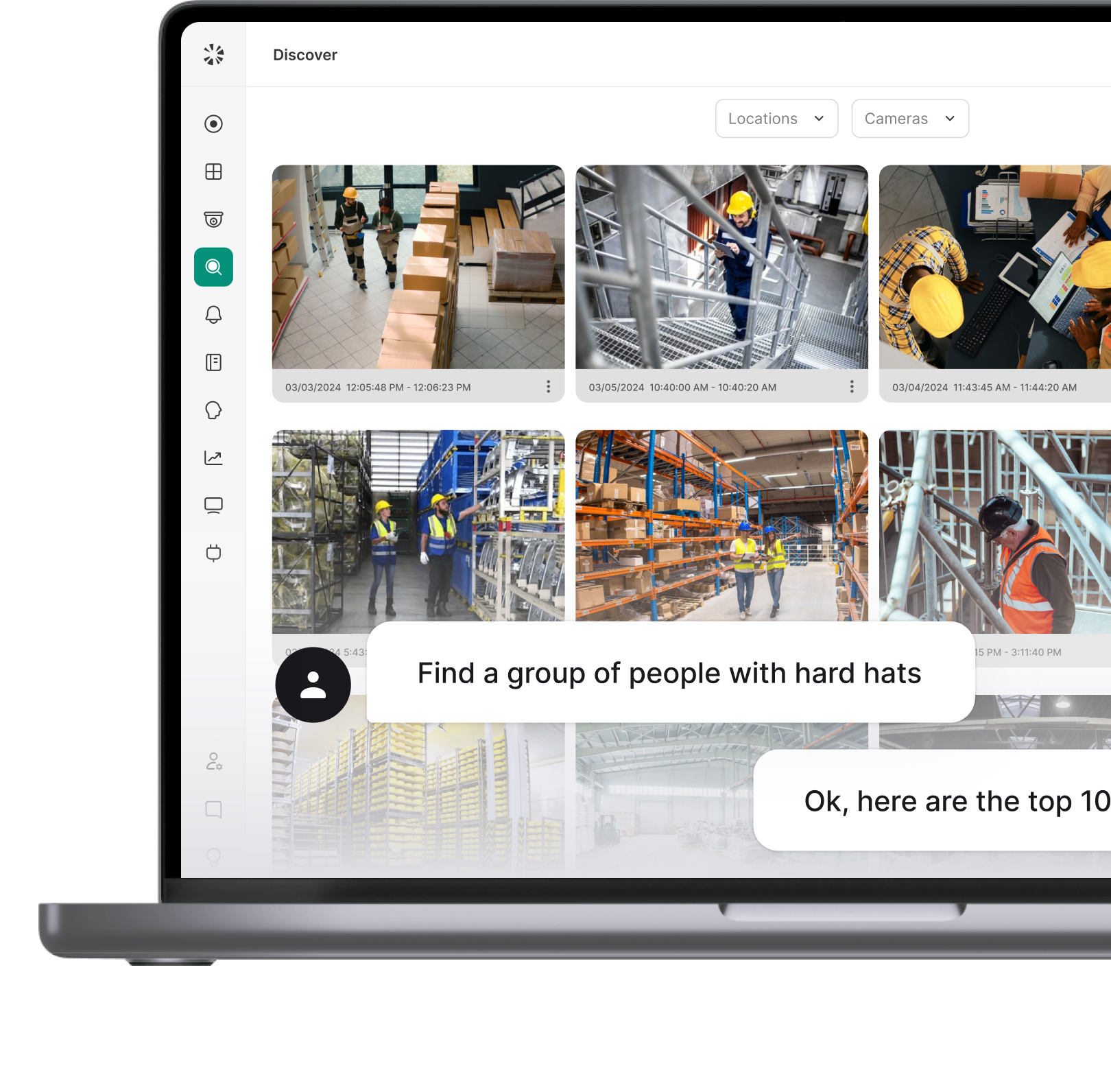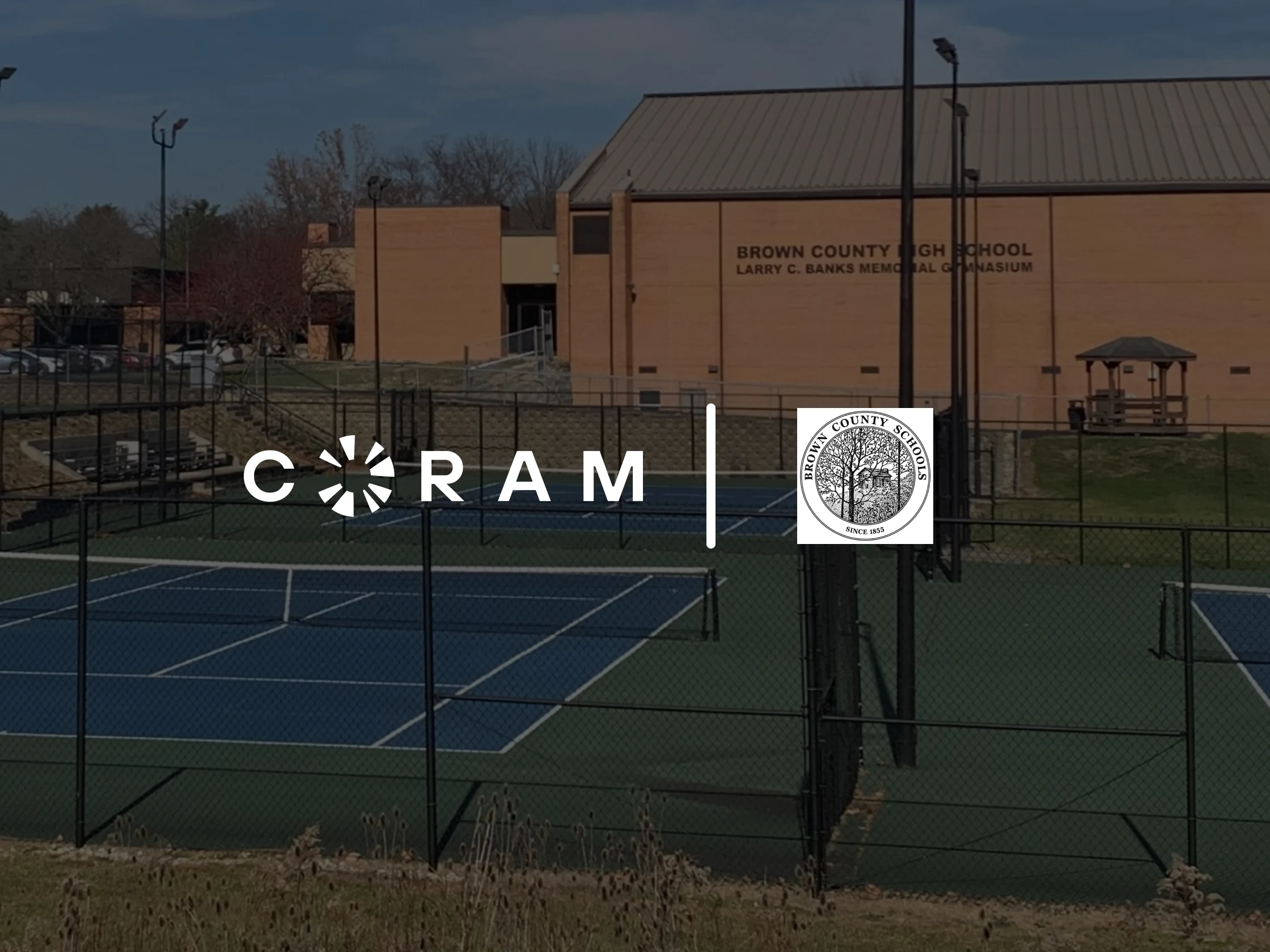When it comes to setting up a security system, understanding the field of view (FOV) of your cameras is crucial. The field of view determines how much of a scene the camera can capture and plays a significant role in the effectiveness of your surveillance system. This guide will help you understand different camera lens angles, their implications, and how to choose the right FOV for your needs.
Security Camera Field of View: What It Is and Why It Matters
The field of view in a security camera refers to the extent of the observable area that the camera can capture at any given moment. It is determined by the camera lens angle, which is a critical factor in surveillance because it impacts how much area is covered and the level of detail captured. Essentially, the right FOV can make the difference between a comprehensive security setup and blind spots that could be exploited.
Understanding Camera Lens Angles
The angle of view in a CCTV camera, also known as the lens angle, affects the camera’s field of view. This angle is the measure of how much scene the camera can see and is usually specified in degrees. For example, a camera with a wide-angle lens can capture more of a scene than a camera with a narrow lens. But what exactly is the viewing angle of a camera? It is the maximum angle at which the camera can capture a scene without significant distortion.
Lens Angle and Field of View: Are They the Same?
While the terms are often used interchangeably, lens angle and field of view are not identical. The lens angle refers to the physical angle of the camera lens, while the field of view is the resulting area that the camera can capture. Both are essential in determining how much area your camera will cover and how detailed the captured footage will be.
{{cta-pop-up-component}}
Different Types of Camera Field of View
Different surveillance needs require different types of camera fields of view. Here are the main categories:
Superwide-angle
Superwide-angle lenses provide a field of view of 180 degrees or more, allowing for a panoramic view of the area. But do security cameras have a 180-degree view? Yes, certain cameras are designed with fisheye lenses that can capture a full 180-degree view, making them ideal for wide-open spaces like parking lots or large halls.
Wide-angle
Wide-angle lenses typically offer a field of view between 60 and 110 degrees. They are great for covering broad areas like yards or large rooms while still providing a good amount of detail.
Standard Angle
Standard angle lenses, with a field of view ranging from 25 to 60 degrees, are suitable for more focused surveillance. They are commonly used in places where specific areas need to be monitored closely, such as entryways.
Telephoto
Telephoto lenses have a narrow field of view, often less than 25 degrees, but they can zoom in on distant objects. These are perfect for long-range surveillance where capturing detailed images from far away is necessary.
Super-Telephoto
Super-telephoto lenses take it a step further with an even narrower field of view, allowing for extreme zoom capabilities. These are used in specialized security applications where extreme detail over long distances is required.
Comparing Security Camera Lens and Angles
Choosing the right lens and angle involves understanding your specific surveillance needs and the trade-offs involved.
Security Camera Lens Selection Guide
When selecting a security camera lens, consider the area you need to monitor and the level of detail required. For example, a wide-angle lens is excellent for general surveillance of large areas, but if you need to identify faces or license plates, a telephoto lens might be more appropriate.
Trade-offs Between Camera Field of View and Image Detail
There is a trade-off between field of view and image detail. A wider field of view covers more area but can sacrifice detail, while a narrower field of view captures more detail but covers less area. What is the best field of view for security cameras? It depends on your specific needs—whether you prioritize coverage or detail.
How to Choose the Right Field of View for Your Needs
Choosing the right FOV involves assessing the specific requirements of your surveillance setup. Consider the size of the area, the distance of objects you need to monitor, and whether you need to capture detailed images.
Camera Field of View and Its Impact on Security
The field of view of your security cameras directly impacts your surveillance system’s effectiveness. A well-chosen FOV can eliminate blind spots, ensuring comprehensive coverage and enhancing overall security. On the other hand, an inappropriate FOV can leave areas unmonitored and vulnerable.
Deep Sentinel Field of View Options
Deep Sentinel offers a range of FOV options to cater to different surveillance needs. Whether you need superwide-angle coverage for broad areas or telephoto lenses for detailed long-distance monitoring, Deep Sentinel has you covered.
In summary, understanding and choosing the right field of view for your security cameras is crucial for effective surveillance. By considering the types of FOV and the trade-offs between coverage and detail, you can ensure your security system meets your specific needs and provides the protection you require.





.png)








.webp)

